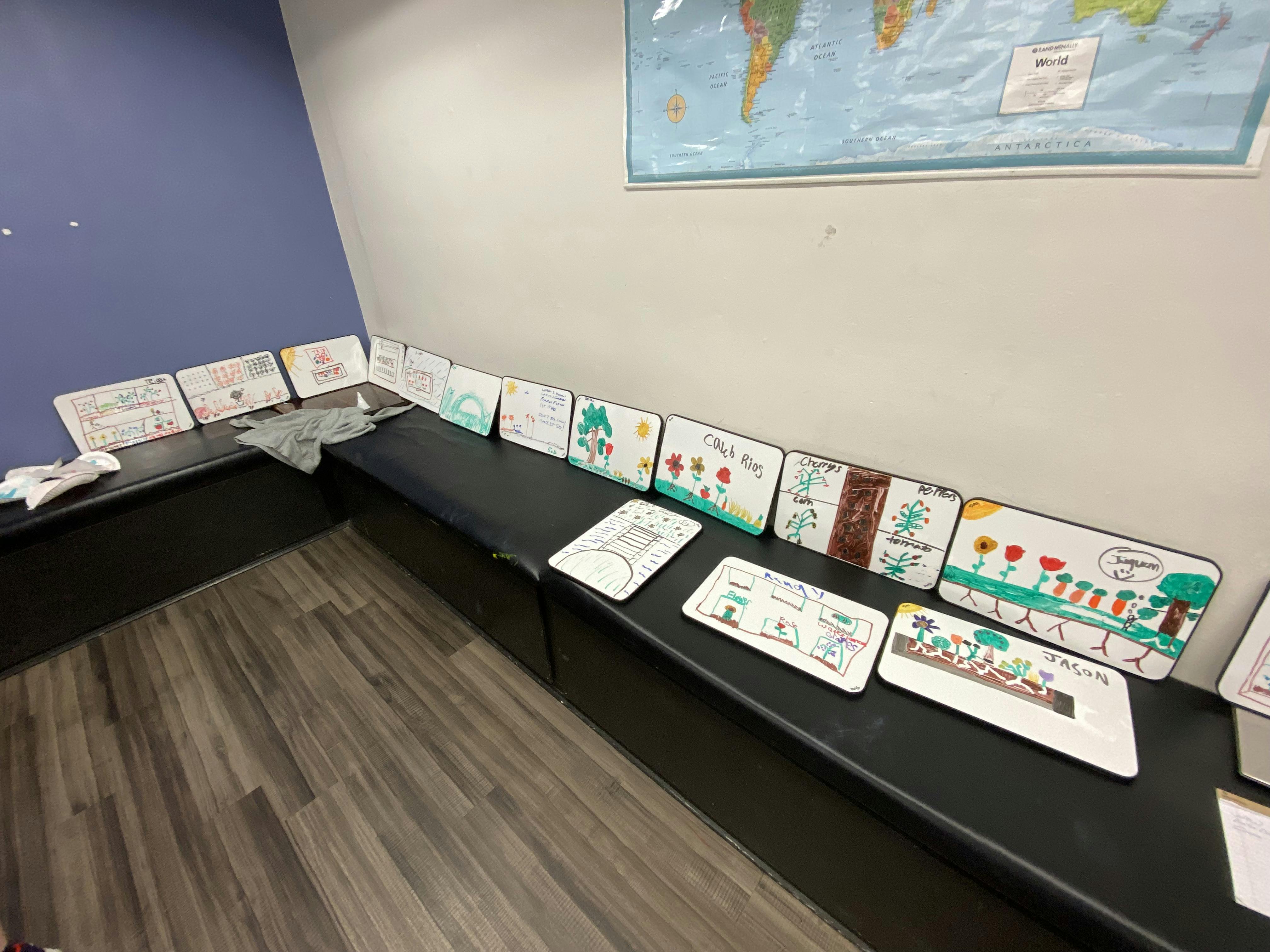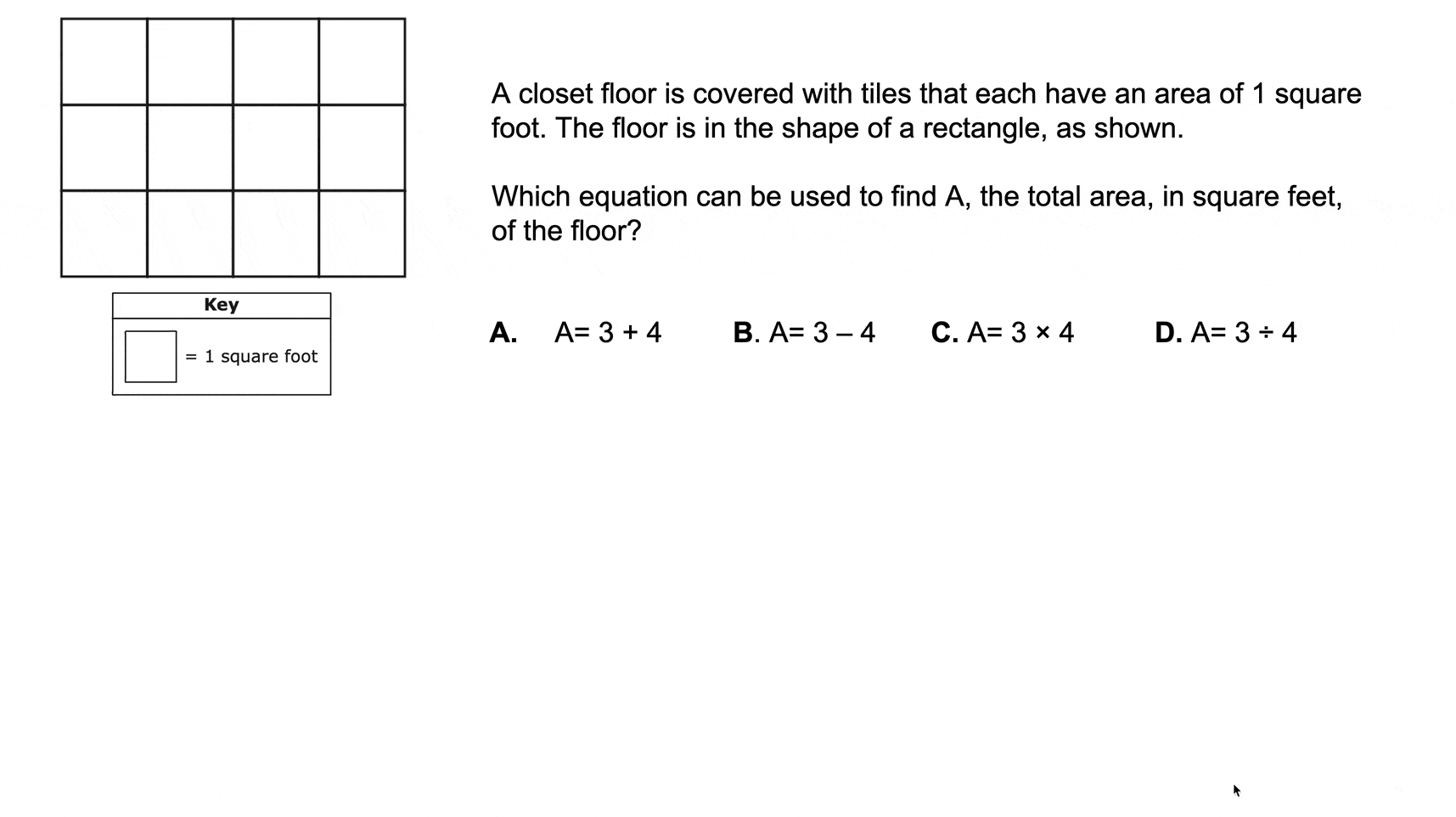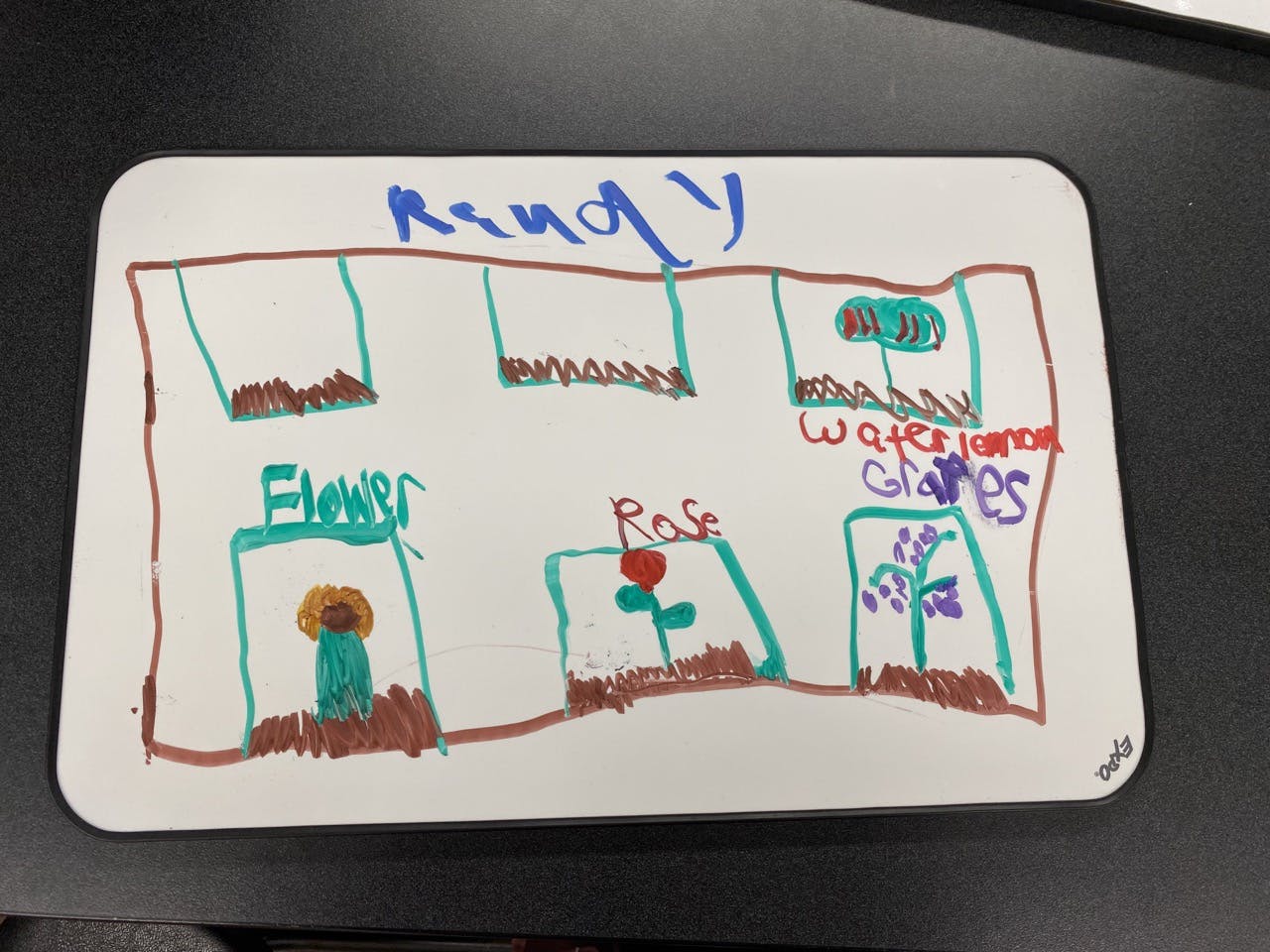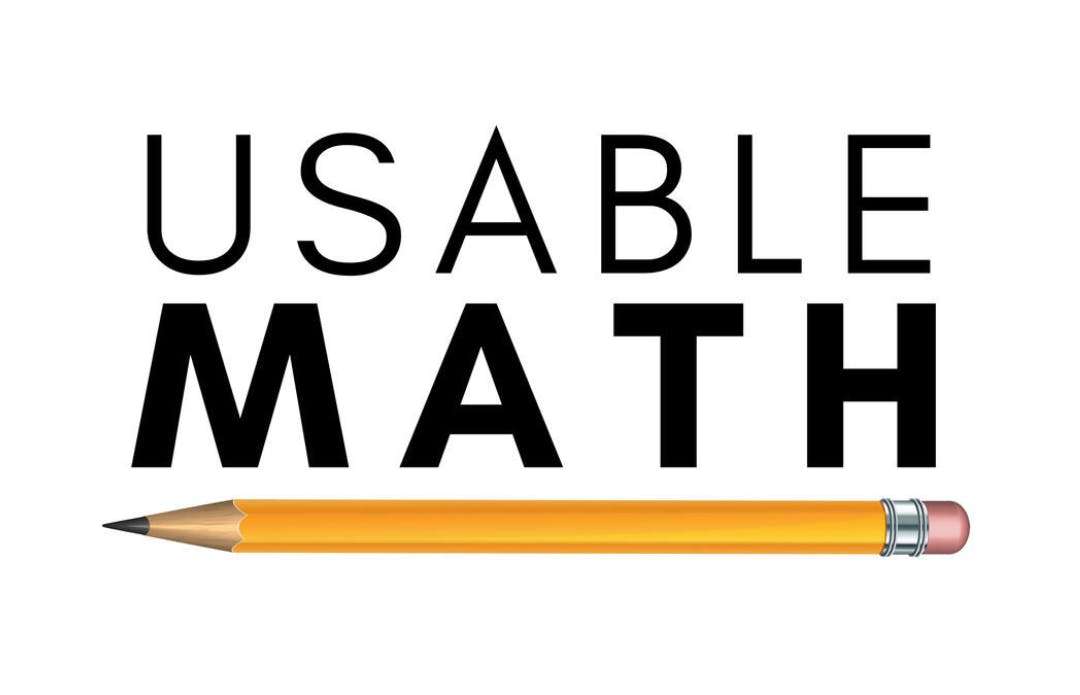Blending Gardens and Geometry: Learning Area and Perimeter through Creative Design
See how we tailor math problem solving to young learners' environment and cultural contexts, for effective learning.
The environments in which students grow up, the cultural narratives they inherit, and the experiences they undergo play a pivotal role in shaping their learning journey. This is a fundamental tenet of the socio-cultural theory, stemming from the pioneering work of Russian psychologist Lev Vygotsky, which posits that social interaction and cultural context are intrinsic to cognitive development.
Socio-cultural theory emphasizes the interdependence between individual cognitive development and the socio-cultural milieu. Now, when we consider maths, a universal language, it becomes evident how entwined it is with cultural contexts. While numbers might be universal, the approach, understanding, and even application of maths can be deeply cultural.
Usable Math: Bringing Cultural Integration to Math Education
The Usable Math team has been at the forefront of integrating socio-cultural theory into practical math education. This summer, in collaboration with the Holyoke Boys and Girls Club, we've taken our elementary math literacy initiative to the community, contextualizing math learning to the young learners' immediate environment and cultural settings. Once a week, for 6 weeks, kids participate in our math literacy initiative focused on problem-solving and math design.
Holyoke’s unique community identity has proven to be a treasure trove for real-world math scenarios. Be it the architectural geometry of local buildings, the predictability of specific weather patterns, or the underlying mathematics in local businesses – math surrounds us. Our community outreach has seen the development of activities that resonate with these daily contexts.
Marrying Gardens with Geometry
A standout initiative from our partnership with the Holyoke Boys and Girls Club was the integration of math with hands-on gardening. As part of our Area and Perimeter module, we introduced young learners to "virtual" rectangle gardens for problem-solving. This was not a random choice; just the previous week, these same children had nurtured real pollination gardens at their afterschool facility. Scroll down for more visuals, showing the cultural manifestations of learners.

"What better way to make area and perimeter relatable than through gardens they had sown and tended?"
says Professor Edwards, who has been working with young learners and math teachers for over 30 years. She is the big brains behind Usable Math's being.
Following the drawing, kids solve past MCAS math word problems (standard 4.MD) on Area and Perimeter, such as the gif visual below.

Collaborating with the Holyoke Boys and Girls Club: A Partnership of Purpose
Our association with the Holyoke Boys and Girls Club is proving to be transformative. The institution, pivotal for many children in the community, aligns perfectly with our vision of democratizing and localizing education, especially the dreaded subject of mathematics. The zeal of the learners at the club serves as a poignant reminder of the potential of culturally relevant education. Regular feedback from learners themselves, and other researchers, aids us in calibrating our approach, ensuring resonance and relevance.
While our summer endeavor with the HBGC is a milestone, it's only the beginning. The knowledge and insights garnered will shape the larger roadmap for Usable Math. Our ambition is to replicate and adapt this model across communities, with each iteration tailored to the distinct socio-cultural weave of the locale.
Here are the kids showing their virtual math garden as a part of the Usable Math Area and Perimeter module:





We extend our deepest appreciation to all the kids who participated in our learning activities. Your enthusiasm, curiosity, and engagement were the driving force behind the success of our initiative. Your willingness to embrace new concepts and dive into the world of maths has been both inspirational and heartwarming.
Give our modules a try at 👉 https://usablemath.org/


